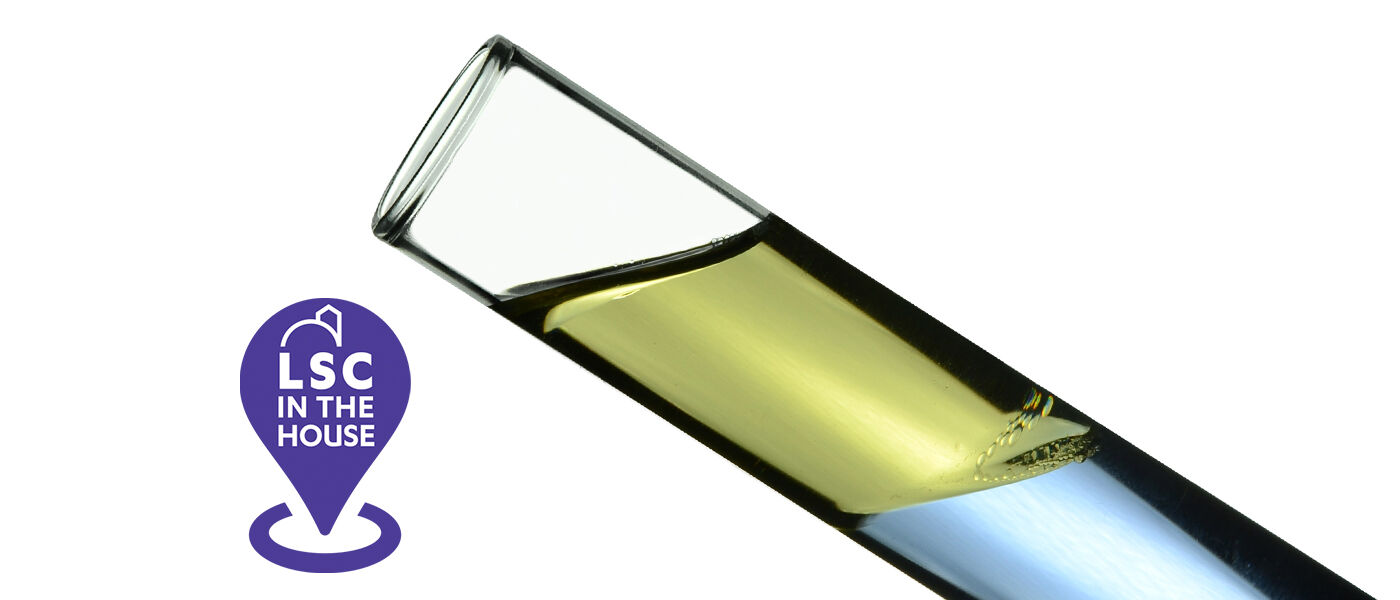Destination Density
Activity Time: 30 minutes
Recommended Grades: 1 – 8
Objective: Explore density through hands-on investigation. Analyze the properties of liquids and solids. You might be surprised by what you find!

Experiment One: Middle Ice
- 1 clear cup
- about 4 oz of vegetable oil
- about 4 oz of baby oil
- 1 ice cube
Experiment Two: Middle Egg
- 1 clear container (cut the top off of a standard 16 oz water bottle)
- about 2 cups of water
- 4-5 heaping tablespoons of salt
- 1 egg

Experiment One: Middle Ice
- Pour about 4 ounces of vegetable oil into the cup.
- Pour about 4 ounces of baby oil into the cup.
- Drop an ice cube into the cup.
- Watch what happens to each liquid. What do you see?
- Wait and watch as the ice cube begins to melt.
Experiment Two: Middle Egg
- Pour about 1 cup of water into the container. This should fill it about half way.
- Place the egg into the container.
- Make observations. (What happens to the egg?)
- Remove the egg.
- Add 6 heaping tablespoons of salt to the container with the water.
- Stir until the salt is dissolved.
- Place the egg into the salt water.
- Observe what happens to the egg.
- Slowly add more water to the container to completely cover the egg.
- Make observations.

Experiment One: Middle Ice
Vegetable oil, baby oil, solid ice, and liquid water all have different densities. Density is an important property that describes how much matter is in a given space. Expressed mathematically, that’s mass divided by volume. Some solids are more dense than others. For example, iron is more dense than a piece of wood of the same size. We can tell there is more matter in the iron because it weighs more than the wood.
It can be difficult to identify the density of some liquids just by looking or lifting so this experiment clearly shows where each liquid or solid might belong on a density list. Between the two oils, the vegetable oil is more dense because it rests below the baby oil. (There is extra science happening here because these liquids are immiscible—they can’t be mixed together.) When the ice cube is added, it falls in between the two oils, demonstrating that it is more dense than baby oil but less dense than vegetable oil. Therefore, you end up with “middle ice.” The extra interesting bit is when the ice cube begins to melt, the liquid water falls to the bottom of the cup! What does this mean? The liquid water is more dense than everything else in the cup!
Experiment Two: Middle Egg
Initially the egg is more dense than the water so it sinks to the bottom of the container. Adding salt to the water changes its density. When you add the egg the second time it will float in the saltwater! (Think about a time when you went swimming in the ocean. Your body floats better in saltwater!) Adding more water to the container without stirring does not cause the egg to rise because freshwater is less dense than the egg and saltwater. Therefore, you have “middle egg.”
